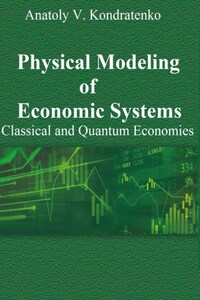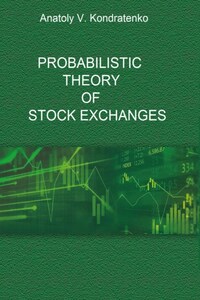Physical Modeling of Economic Systems
Автор книги - Anatoly Kondratenko. Произведение относится к жанрам экономический анализ, книги по экономике. Оно опубликовано в 2022 году. Книге не присвоен международный стандартный книжный номер.
This is the first monograph in a series devoted to the development of probabilistic economic theory (Kondratenko, 2005, 2015, 2021). It outlines the fundamental concepts of this theory. This monograph may seem interesting to everyone who is engaged in research ineconomics, finance, econophysics or physical economics, as well as to professional investors and stock traders.






